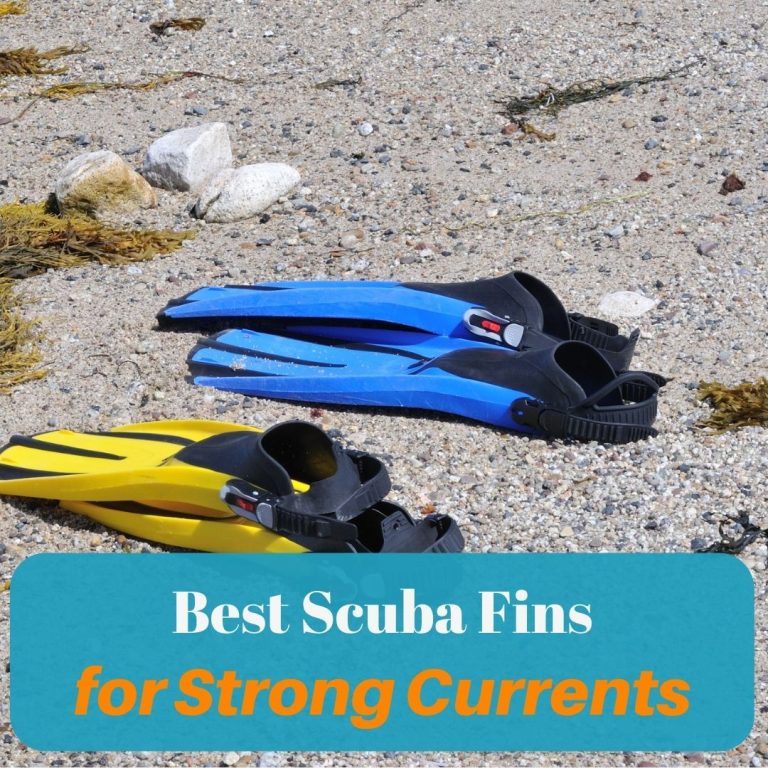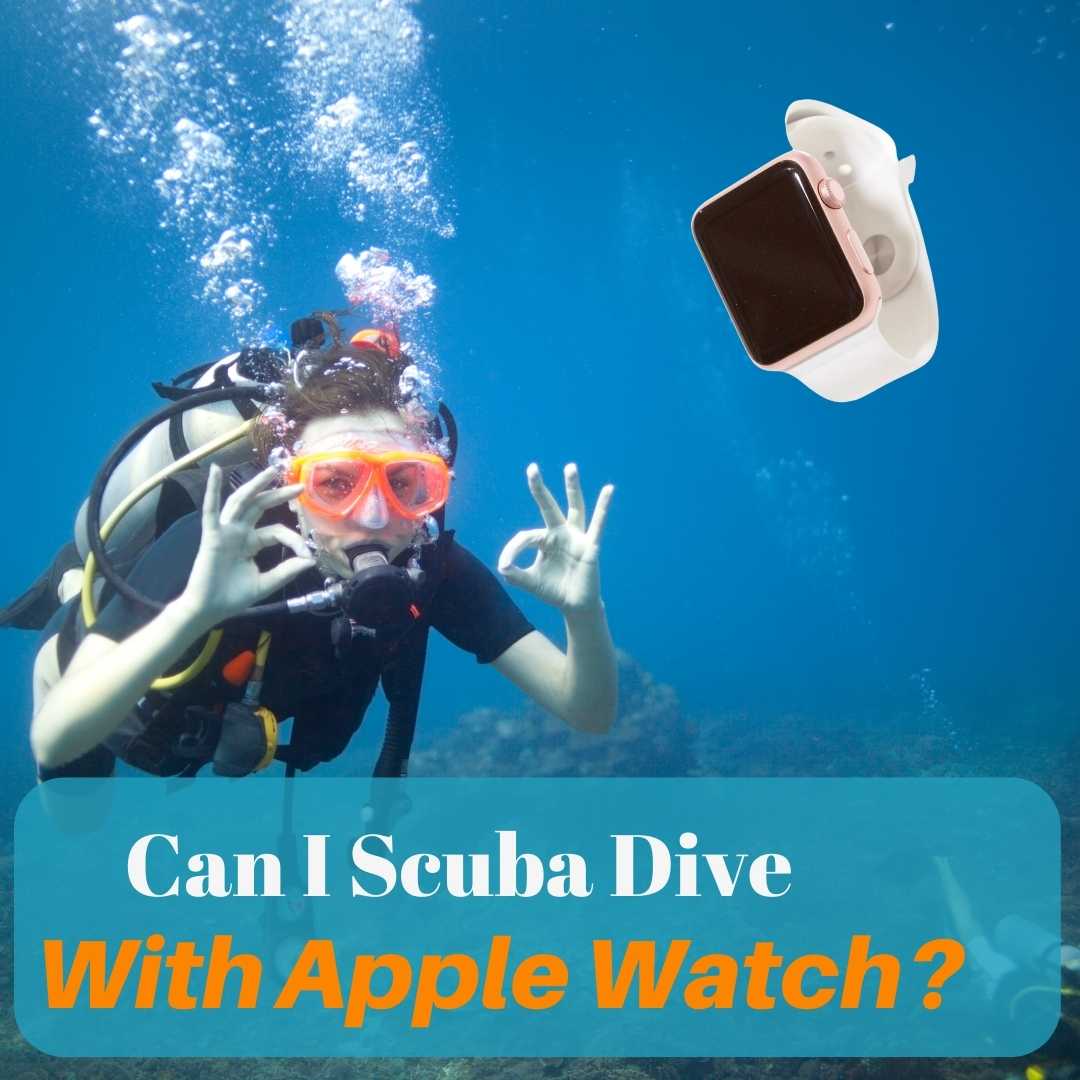Scuba divers understand the importance of having the proper gear when navigating underwater environments, and none is more critical than the selection of fins when it comes to strong currents. Strong currents present a unique challenge; they require fins that offer both power and control to maintain energy efficiency and manage underwater navigation. The right pair of fins for these conditions are typically stiffer and shorter, providing the necessary resistance and thrust to counteract the current.

Diver experience and comfort are also paramount when considering fins for strong currents. Fins must not only be effective in challenging conditions but also need to accommodate the diver’s physique and preferences to avoid cramping and fatigue. Certain fins are designed with features like adjustable straps and ergonomic foot pockets to enhance fit and comfort. This combination of functionality and personalized fit ensures that the fins serve as an extension of the diver themselves, facilitating a more enjoyable and safer diving experience.
Key Takeaways
- Fins suited for strong currents must offer power, efficiency, and control.
- Comfort and a proper fit are crucial to prevent fatigue during dives.
- The right fin selection is an essential part of a diver’s gear for tackling strong currents.
Table of Contents
Basics of Choosing Fins for Strong Currents

Selecting the right fins for strong currents involves understanding the key design aspects that contribute to power and maneuverability underwater.
Fin Design Factors
Foot Pocket Fit: The fit of the foot pocket should be snug but comfortable, allowing for control and power transfer without causing cramps or discomfort. Angles and Rails: Fins often feature rails and varying angles to enhance stability and thrust.
Materials and Flexibility
Natural Rubber or Silicone: These materials provide a balance between flexibility and rigidity. Proprietary Composites: Some fins may use advanced composite materials, aiming to enhance flexibility and power while reducing weight.
Blade Width and Stiffness
Wide Blades: They offer more resistance and power, suitable for strong currents. Stiffness: A stiffer blade provides greater propulsion but requires a stronger leg muscles. Optimal stiffness varies among divers based on physical strength and preference.
Popular Fin Types for Strong Currents
When diving in strong currents, the selection of fins significantly affects a diver’s ability to maneuver and conserve energy underwater. Specific fin designs cater to these challenging conditions, providing power, efficiency, and control.
Paddle Fins
Paddle fins are a traditional and straightforward fin design known for their firm blade that provides consistent thrust and maneuverability in currents. They are generally favored by experienced divers who prefer a solid and predictable kick cycle. For strong currents, divers often select stiffer paddle fins because they offer more resistance and power, essential for battling against forceful water flows.
Split Fins
Split fins feature a distinctive split down the middle of the blade, creating two separate ‘paddles’ that work independently. This design allows for a more efficient kick with less effort, reducing fatigue when swimming in currents. However, they may provide less immediate thrust compared to paddle fins and are a topic of preference among divers.
Channel Fins
Channel fins incorporate grooves or channels within the blade, directing water flow along the fin to enhance propulsion. By focusing the water’s force during each kick, channel fins help divers to generate powerful thrusts with less energy, which can be especially beneficial in strong currents where maintaining momentum with minimal fatigue is vital.
Also Read: Best Scuba Fins for Small Feet
Effective Techniques for Swimming in Strong Currents

When diving in strong currents, divers optimize their energy and propulsion by utilizing specific swimming techniques. Two effective methods for navigating strong currents are the Frog Kick and Flutter Kick.
Frog Kick
The Frog Kick is advantageous for its energy efficiency and reduced silting. Divers execute it by bending their knees and bringing their feet together, mimicking a frog’s leg motion. This technique is excellent for maintaining buoyancy and offers precise control, allowing divers to hover close to the bottom without disturbing sediment.
- Position: Heels together, knees bent outward.
- Motion: Push water backwards with a sweeping motion of the legs.
- Use case: Ideal when close to delicate coral or inside wrecks.
Flutter Kick
In contrast, the Flutter Kick is a rapid kicking motion suitable for covering distances quickly or combating strong currents directly. It involves alternating up and down leg movements, delivering continuous propulsion. Divers benefit from this technique when they need to swim against currents or when swift maneuvering is necessary.
- Position: Legs straight and aligned with the body.
- Motion: Alternate kicking up and down from the hip, keeping ankles relaxed.
- Use case: Best for open water with fewer obstacles and when speed is crucial.
Considerations for Fit and Comfort

Selecting fins for scuba diving in strong currents involves giving priority to both fit and comfort, as they play a crucial role in a diver’s endurance and agility underwater.
Adjustable Straps and Foot Pockets
The right fit is essential to ensure the fins function properly. Fins should have adjustable straps and well-designed foot pockets to accommodate the diver’s feet snugly. The straps must be easy to adjust for a firm, yet comfortable fit, preventing slippage or excessive pressure.
- Adjustable Straps: Look for fins with straps that offer micro-adjustments for a customized fit.
- Foot Pocket Grip: The interior of the foot pocket should have a non-slip pattern to stabilize foot placement.
Wearing Fins with Booties
Divers often wear booties for additional protection and warmth, which impacts the fit of fins.
- Bootie Compatibility: Ensure the fins are compatible with the booties, looking for ones with a larger foot pocket or adjustable features.
- Space and Sizing: There should be enough space to accommodate booties without causing tightness or loss of circulation.
Frequently Asked Questions

Choosing the right fins for strong currents is critical for safety and performance. This section addresses common queries to help divers make informed decisions about selecting suitable fins for challenging conditions.
What characteristics should I look for in fins designed for strong currents?
Fins suitable for strong currents typically possess increased stiffness and a larger surface area to provide the necessary thrust. They should be made of materials that balance flexibility and rigidity, ensuring powerful propulsion and maneuverability.
How do full foot fins compare to open heel fins in strong water currents?
Full foot fins are usually lighter and more hydrodynamic, ideal for warm waters with moderate currents. In contrast, open heel fins offer a snug fit with adjustable straps and are better suited for cooler waters and stronger currents when used with dive boots.
Which scuba fin models are recommended by experienced divers for strong current conditions?
Experienced divers often recommend the Mares Quattro Strong Current Fin for its enhanced performance, the Scubapro Twin Jet Max Split Fins for their powerful propulsion, and the Atomic Split Fins for their efficiency in demanding conditions.
What are the advantages of using split fins versus paddle fins in strong currents?
Split fins tend to require less effort, allowing for more efficient energy use, making them favourable in strong currents. Paddle fins, on the other hand, offer more direct power and control, which can be advantageous for precision movements against strong flows.
For beginners, what considerations are important when choosing fins for diving in strong currents?
Beginners should focus on fins that offer stability and ease of use, typically with moderate flex and a comfortable fit. Ensuring the fins are not too heavy and that they have a responsive feel are also key considerations for new divers.
What are the key factors to consider when selecting travel-friendly fins that perform well in strong currents?
Travel-friendly fins should be lightweight, compact for easy packing, and still offer substantial power and comfort in strong currents. Look for fins with a good balance of portability and efficiency to enhance the diving experience in various conditions.




